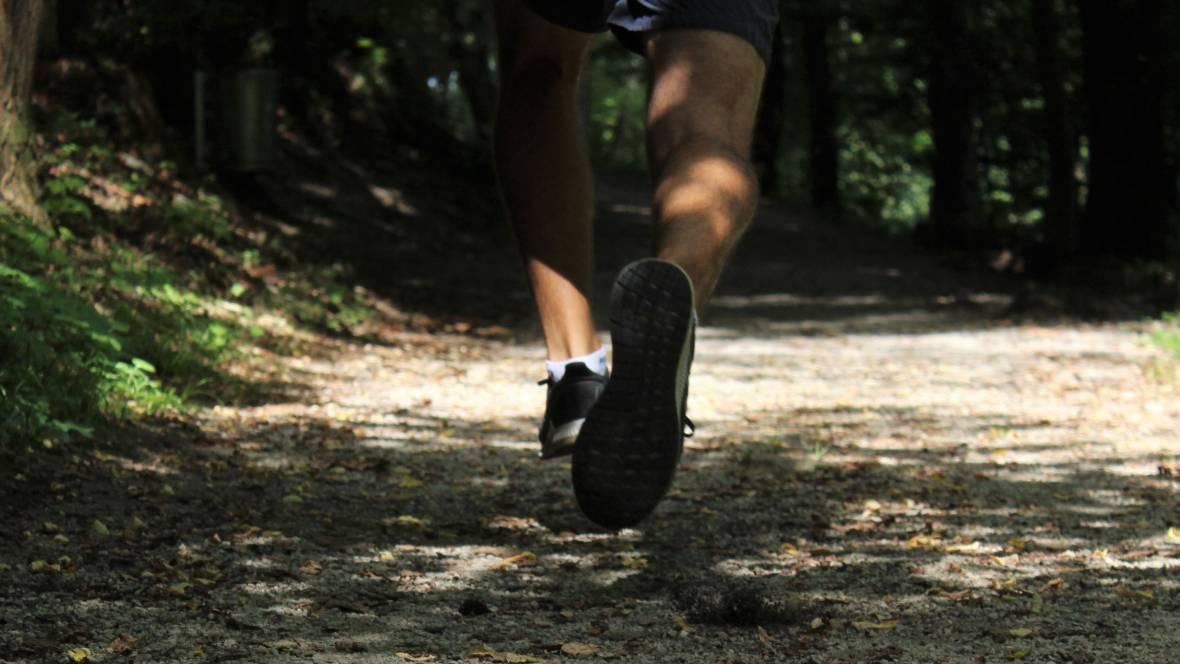Health effects of physical activity

After the age of 40, it is possible to detect a deterioration in the function of physiological systems, with associated anatomical and structural changes. For example, progressive cognitive decline affects memory and learning; skeletal muscle progressively atrophies and weakens (knowned as sarcopenia) and age-related declines in bone mineral density lead to osteopenia and osteoporosis. Chronological age is a good predictor of health status, disease burden and physical capacity, but there is considerable inter-individual variability, with some older people having very good health associated with good physical capacity, and others showing an accelerated onset of weakness, disability and frailty.
There is evidence that physical activity has beneficial effects on cardiovascular and respiratory function, decreases morbidity and mortality, reduces pain, improves cognitive function, reduces the risk of falls, and prevents or mitigates functional limitations and promotes independent living.
In addition, engaging in physical activity releases chemicals in the brain that make us feel good, which increases our self-esteem and helps us concentrate, sleep well and feel better. Other benefits include a decrease in anxiety and depression, an improved sense of well-being, less tension, stress and mental fatigue, increased motivation, and an increase in appetite.
New World Health Organization (WHO) guidelines from 20201 emphasise that any amount of physical activity is better than none, even when the recommended thresholds are not met. This is a very positive message and an advance over previous guidelines that required any physical activity in continuous episodes of at least 10 minutes to improve health, as many older people do not achieve the minimum desirable levels of physical activity.
There are other notable changes in the new WHO guidelines for older people. Firstly, it recommends that all older people should perform multicomponent exercises aimed at improving balance and strength, at moderate or vigorous intensity, 3 or more days a week, to improve functional capacity and prevent falls. In the previous guideline, this recommendation was limited only to people with reduced mobility. These sessions should be in addition to 30 minutes for at least 5 days a week of aerobic physical activity. In addition, it is advised to limit sedentary time at all ages, but specifically for older people as they are the group of people with the highest percentage of time spent in sedentary behaviour. The new guidelines reflect the growing evidence of the benefits of replacing sitting time with activity of any intensity.
The General Foundation of the University of Salamanca, through the International Centre on Ageing (CENIE) and under the scientific direction of the CTIC Foundation-Information and Communication Technology Centre, launches an interesting initiative where innovation and technology come together with a common goal: to motivate older people to improve their health and promote their physical, emotional and social well-being. The "Improve your physical condition" programme is part of the research for the promotion of healthy longevity among people over 65 years of age. Its aim is to assess the value and condition of physical exercise in an urban environment with the support of friendly technology and challenges to motivate you.
